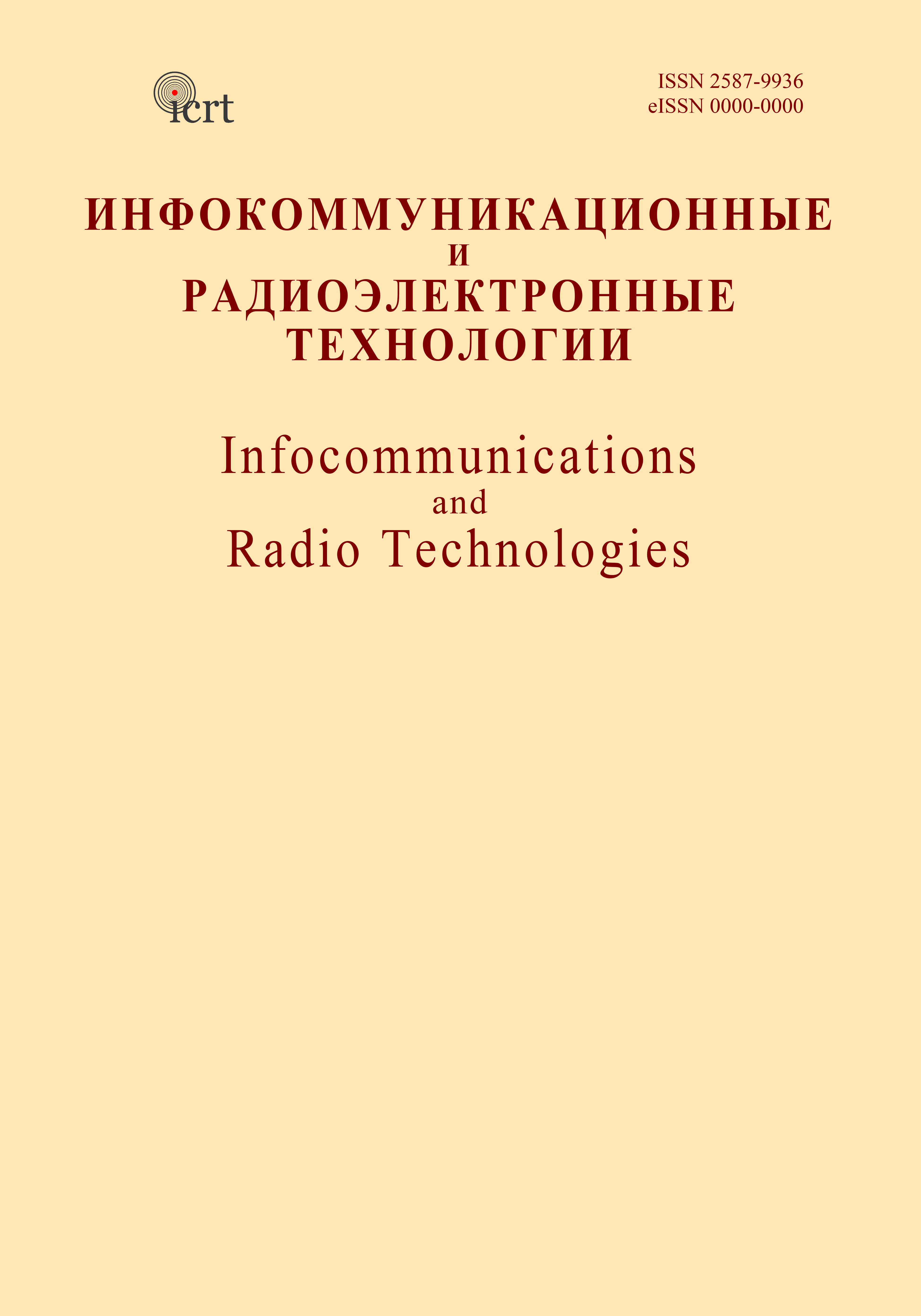Rostov-on-Don, Rostov-on-Don, Russian Federation
Rostov-on-Don, Rostov-on-Don, Russian Federation
Rostov-on-Don, Rostov-on-Don, Russian Federation
This article proposes an alternative method for designing miniature waveguide filters based on locally resonant metamaterials. Implementation of ultra-small metamaterial filters (metafilters) using the subwavelength direction mechanism in hollow waveguides loaded with small resonators. In particular, composite pin waveguides are used, constructed from a hollow metal tube loaded with a set of resonant pins that are spaced over deep subwavelength distances. In such structures, multiple resonance scattering leads to the emergence of a sub-λ mode with a tunable bandwidth below the induced hybridization gap. In order to guarantee compatibility with existing technologies, a subwavelength method of matching small filters with standard waveguide interfaces, which can be called a metaport, is proposed. Calculations were performed using the CST Studio computeraided design environment.
metamaterialy, metaport, subvolnovoy metod soglasovaniya, CST Studio
1. V. Boria and B. Gimeno, “Waveguide filters for satellites,” IEEE Microwave Magazine, vol. 8, no. 5, pp. 60-70, Oct. 2007, doi:https://doi.org/10.1109/mmm.2007.903649.
2. G. L. Matthaei, B. Schiffman, E. Cristal, and L. Robinson, Microwave Filters and Coupling Structures. New Jersey, U.S. Army electronics research and development laboratory, 1963.
3. C. Kudsia, R. Cameron, and W.-C. Tang, “Innovations in microwave filters and multiplexing networks for communications satellite systems,” IEEE Transactions on Microwave Theory and Techniques, vol. 40, no. 6, pp. 1133-1149, Jun. 1992, doi:https://doi.org/10.1109/22.141345.
4. R. Levy and S. B. Cohn, “A History of Microwave Filter Research, Design, and Development,” IEEE Transactions on Microwave Theory and Techniques, vol. 32, no. 9, pp. 1055-1067, Sep. 1984, doi:https://doi.org/10.1109/TMTT.1984.1132817.
5. G. F. Craven and C. K. Mok, “The Design of Evanescent Mode Waveguide Bandpass Filters for a Prescribed Insertion Loss Characteristic,” IEEE Transactions on Microwave Theory and Techniques, vol. 19, no. 3, pp. 295-308, Mar. 1971, doi:https://doi.org/10.1109/tmtt.1971.1127503.
6. I. V. Lebedev, Technique and microwave devices. Vol. 1. Moscow: Vysshaya Shkola, 1970. (In Russ.).
7. V. V. Zemlyakov, G. F. Zargano, and S. V. Krutiev, “Waveguide bandpass filter on complex resonance diaphragms,” Journal of Communications Technology and Electronics, vol. 60, no. 12, pp. 1305-1310, Dec. 2015, doi:https://doi.org/10.1134/s1064226915110170. (In Russ.).
8. G. F. Zargano, V. V. Zemlyakov, S. V. Krutiev, and A. B. Kleschenkov, “Waveguide quasielliptic filter on complex resonant diaphragms,” Fizicheskiye osnovy priborostroyeniya, vol. 8, no. 1, pp. 47-54, Mar. 2019, doi:https://doi.org/10.25210/jfop-1901-047054. (In Russ.).
9. V. V. Zemlyakov, G. F. Zargano, S. V. Krutiev, and M. Yu. Tyaglov, “Electrodynamic Analysis and Synthesis of an Elliptic Filter Based on Complex Resonant Irises in a Rectangular Waveguide,” Radiophysics and Quantum Electronics, vol. 61, no. 12, pp. 915-923, Jun. 2019, doi:https://doi.org/10.1007/s11141-019-09947-0. (In Russ.).
10. V. Zemlyakov, S. Krutiev, M. Tyaglov, and V. Shevchenko, “A design of waveguide elliptic filter based on resonant diaphragms with a complex aperture,” International Journal of Circuit Theory and Applications, vol. 47, no. 1, pp. 55-64, Oct. 2018, doi:https://doi.org/10.1002/cta.2566.










